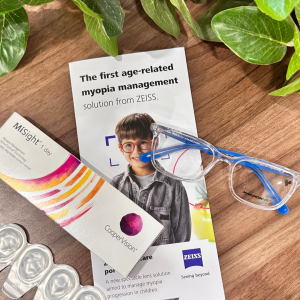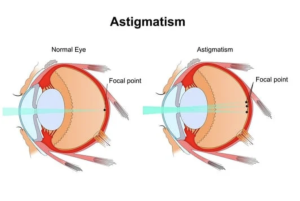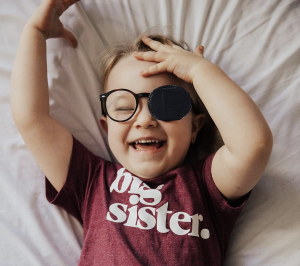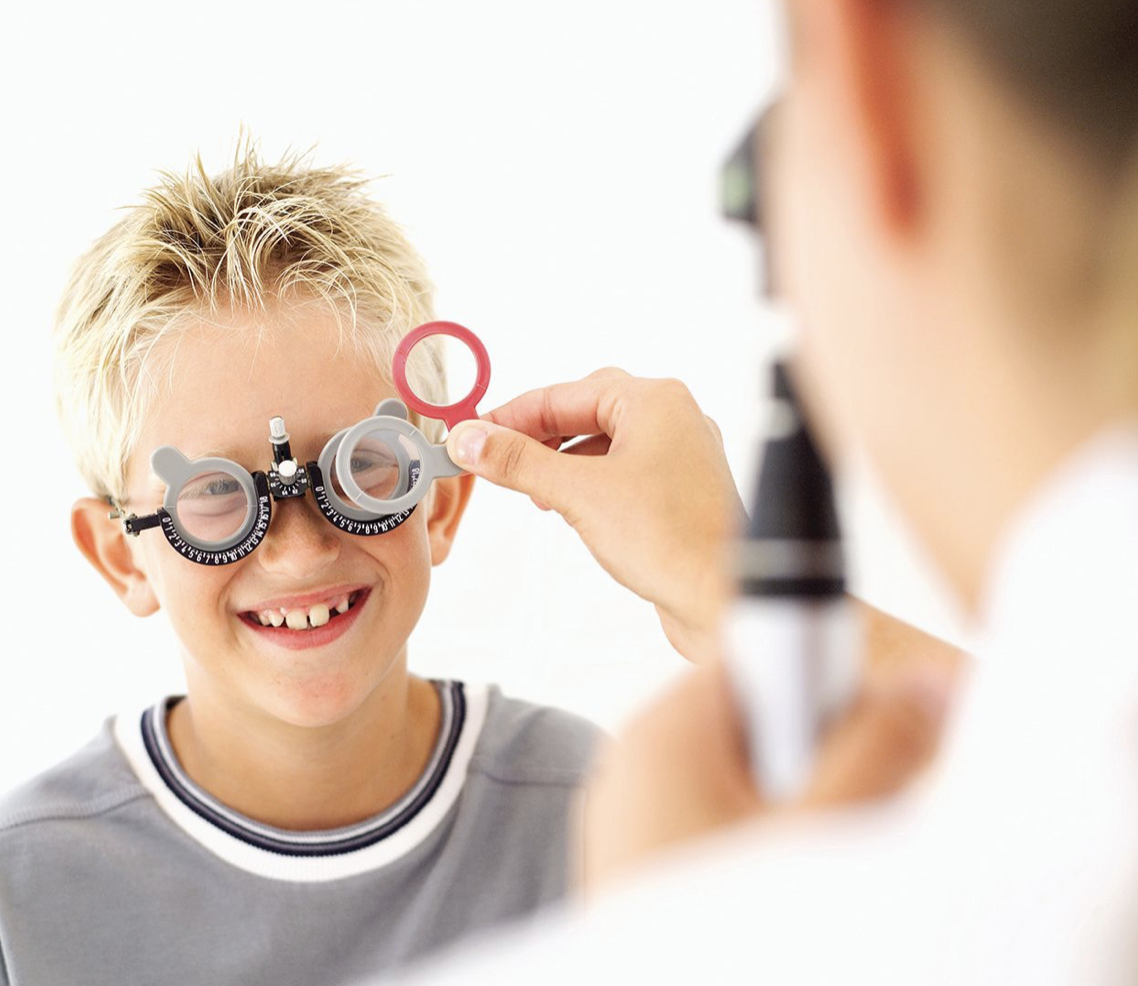Understanding Children’s Vision: Myopia, Hyperopia, Astigmatism, and Strabismus
The Importance of Children’s Vision
Children’s vision is a crucial aspect of their overall development. As parents, it’s essential to understand common vision problems that can affect children and how to identify them early on. Four common vision issues in children are myopia, hyperopia, astigmatism and strabismus.
Myopia: Near-sightedness in Children
Myopia, commonly known as near-sightedness, is a condition where a child can see close objects clearly but has difficulty seeing objects at a distance. This can impact a child’s ability to see the board in a classroom or engage in outdoor activities. Regular eye check-ups can help detect myopia early and prevent it from worsening
Higher levels of myopia are associated with a higher risk of eye disease in adulthood, so it’s important to monitor your child’s eye health and ensure that any symptoms of myopia
are checked by an eye care professional.
Special types of corrective glasses or contact lenses are the usual course of action to treat myopia in children. They should be used alongside implementing changes to your child’s habits and daily activities to slow down the worsening of the condition.
Read more: https://www.mykidsvision.org/knowledge-centre/what-is-myopia-control-and-why-its-important
Hyperopia: Farsightedness in Children
Hyperopia, or farsightedness, is when a child can see distant objects more clearly than close objects. It can lead to eye strain, headaches, and difficulty focusing on nearby tasks such as reading. Detecting hyperopia in children is crucial as it can affect their learning and overall well-being.

In adults, this condition makes close-up objects and images appear blurry while distance vision remains clear. However in children, hyperopia rarely causes blurry vision as they can focus their eyes harder to compensate for the far-sightedness.
The primary problem faced by school-age children is that hyperopia causes eye strain, fatigue and significantly affects the child’s ability to achieve their potential. Most children with hyperopia are treated with eyeglasses.
Those with a higher optical prescription should wear their glasses full time, while those with lower levels of hyperopia may not need glasses at all except when reading, writing, or doing other types of near work.
Astigmatism
Astigmatism is a vision condition that occurs when the cornea or lens of the eye has an irregular shape, leading to blurred or distorted vision. Children with astigmatism may experience difficulties with both near and distant vision.
Kids can be born with astigmatism or develop it as they grow. Having an eye injury can cause it too. Sometimes there is a family history of astigmatism.
Most older kids and teens with astigmatism need eyeglasses or contact lenses to help them see clearly. Very young children and kids with mild astigmatism may not need treatment.
Sometimes children outgrow astigmatism as they get older. Your Optometrist will recommend if glasses are required.
Strabismus: Crossed Eyes in Children
Strabismus, commonly referred to as crossed eyes, occurs when a child’s eyes are misaligned and point in different directions. This condition can lead to amblyopia, also known as lazy eye, if not treated early. It’s important to address strabismus promptly to prevent long-term visual impairment.
Kids can be born with strabismus or develop it in childhood. Often, it’s caused by a problem with the muscles that move the eyes, and can run in families.Most kids with strabismus are diagnosed when they’re between 1 and 4 years old.
The earlier strabismus is treated, the better. That’s because key connections between a child’s eyes and brain form by about 8 years old.
Treatment for strabismus may include:
- eyeglasses
- eye patching
- eye drops
- eye muscle surgery
Sometimes, wearing eyeglasses is enough to straighten out the eyes. If not, a child might be given an eye patch to wear over the straight eye for a few hours a day. This patch makes the weaker eye do the “seeing” work. Over time, the muscles and vision in the weaker eye become stronger.
Identifying Vision Problems in Children
As a parent, it’s essential to be attentive to signs that may indicate vision problems in your child. Watch out for squinting, frequent eye rubbing, headaches, and difficulty focusing on objects. If you notice any of these signs, scheduling a comprehensive eye exam with a optometrist is crucial for early detection and intervention.
Untreated vision problems in children can have a significant impact on their academic performance, social interactions, and overall quality of life. Addressing vision issues early ensures that children can fully engage in learning and everyday activities without unnecessary barriers.

Regular eye check-ups, awareness of potential signs of vision issues, and prompt intervention can make a significant difference in ensuring that children have optimal vision for learning and growth.
Book your kids in today for a comprehensive eye exam!









